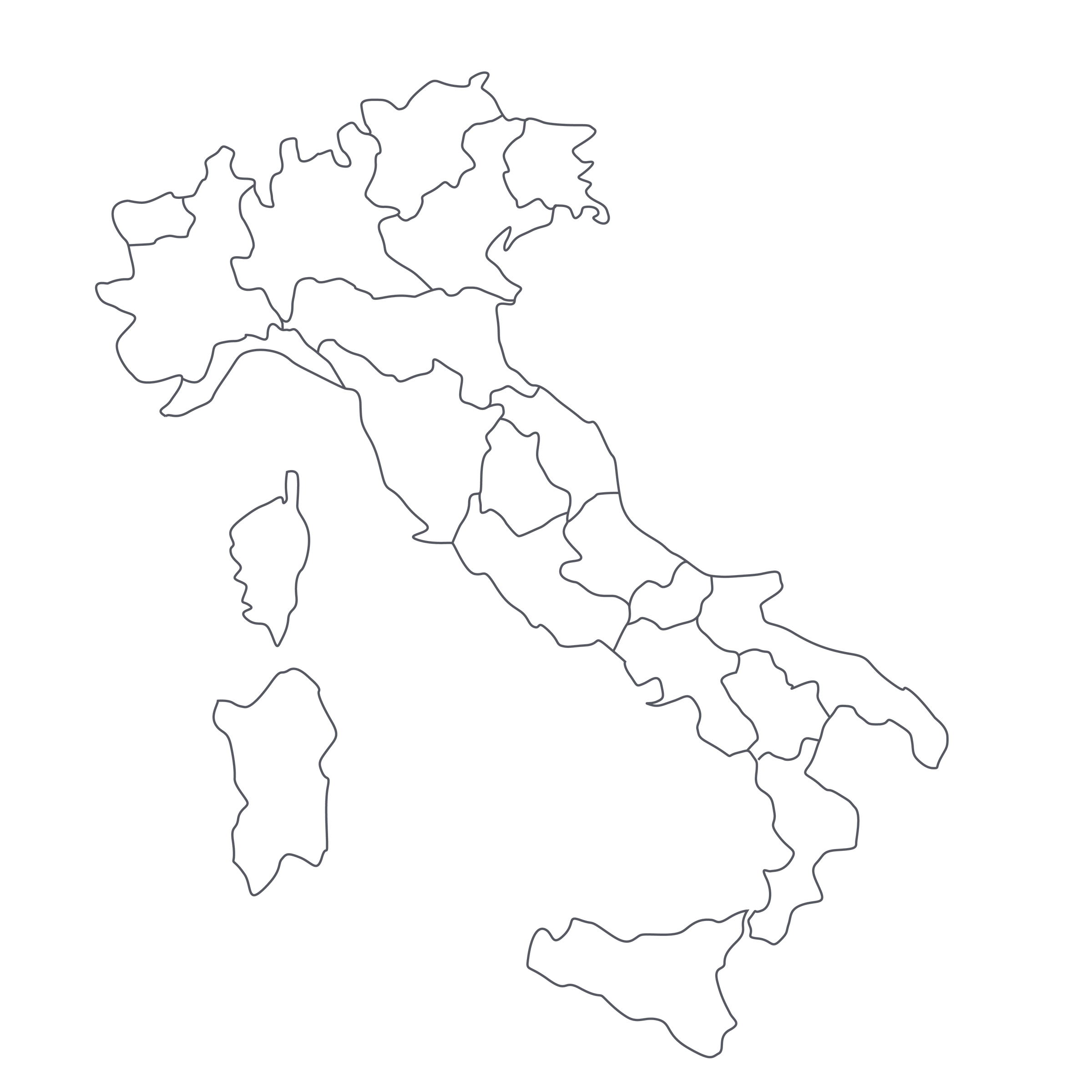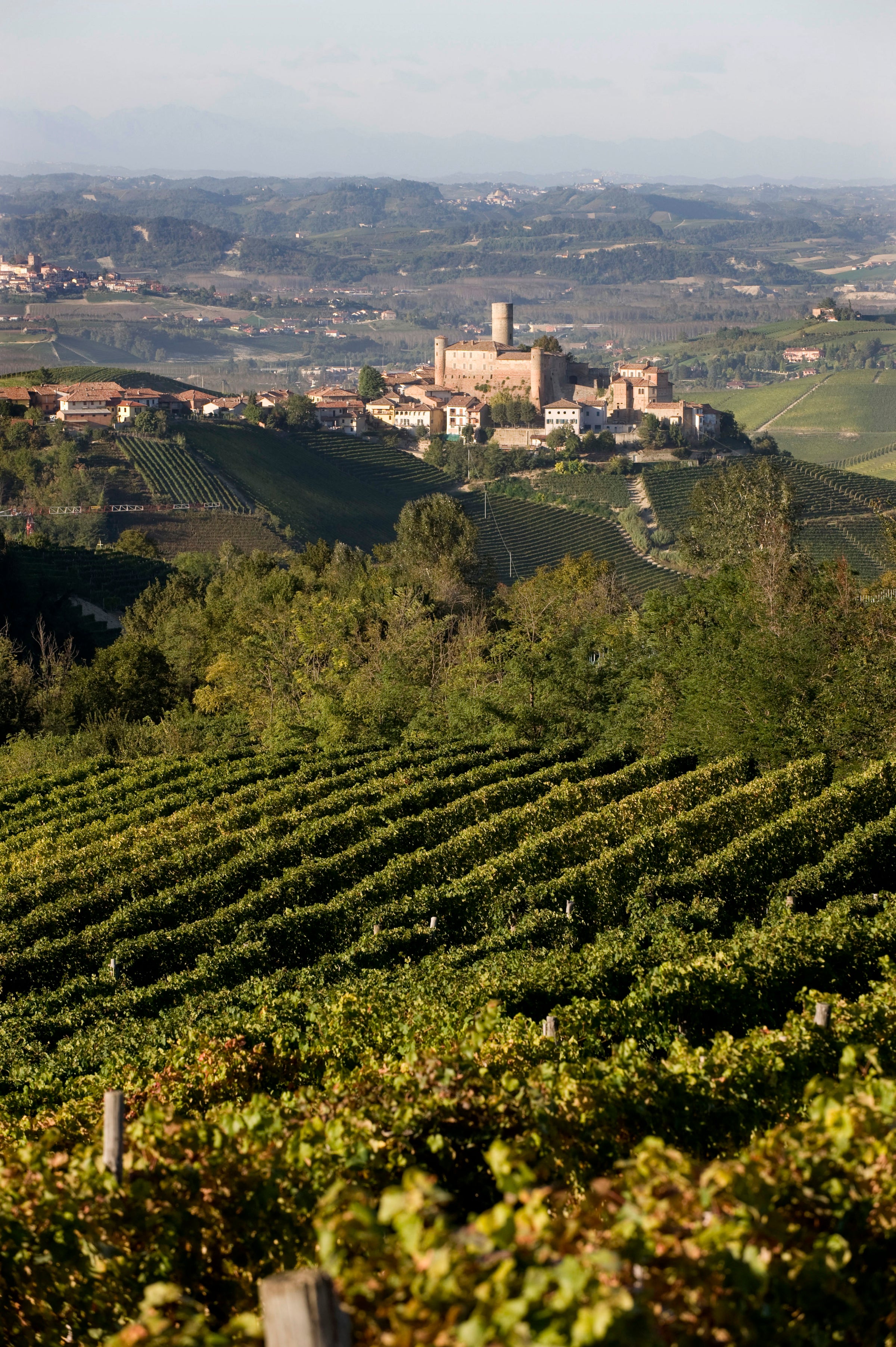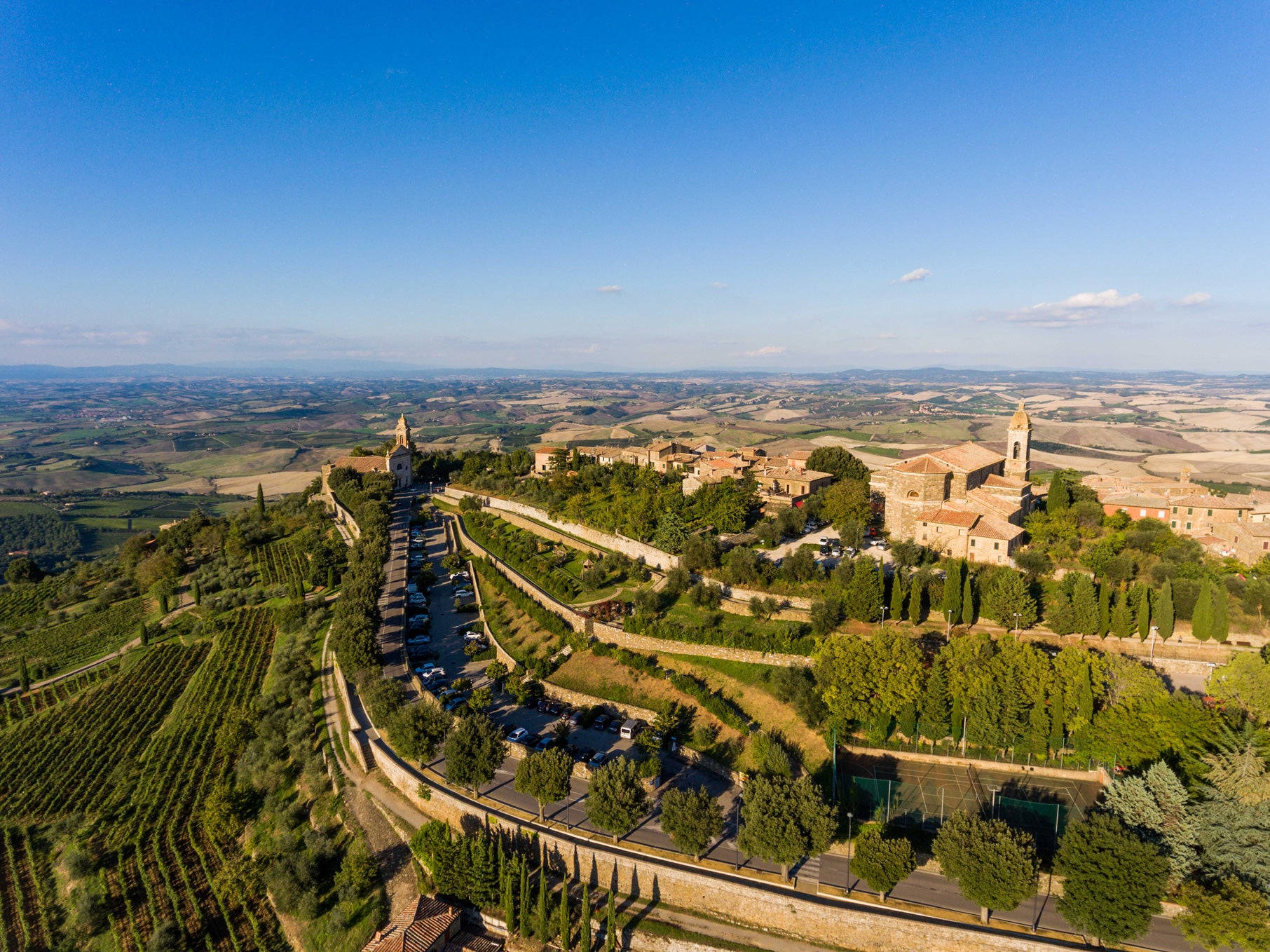Not only is today’s Barolo a delicious, aromatic tour-de-force with 20 years of graceful maturation well within its reach, it’s got an intriguing backstory.
If you are a devoted student of Italian wine, you may look at this wine’s label and think: Bricco Boschis? Wait a minute. I thought that vineyard was solely owned by Cavallotto? That’s what I thought, but it turns out I was mistaken—but I’m getting way out over my skis here, so let’s rewind: The Vibertis have farmed a small stand of vines in the village of Castiglione Falletto since 1946, including a piece of one of its most celebrated cru vineyards, “Bricco Boschis.” For most of their history, they focused on grape-growing, not winemaking, and didn’t begin releasing wines under the Roccheviberti label until 2003. A single-vineyard wine from the “Bricco Boschis” site came well after that. So, for me, and I’d assume most everyone else, today’s 2015 from Roccheviberti is the first wine I’ve tasted from this vineyard that wasn’t made by the legendary Cavallotto estate. That’s because it’s the only one, and, considering what a benchmark collectible Cavallotto’s version is, it’s got a lot to live up to. This 2015 passed the test with flying colors, displaying the kind of aromatic complexity and brooding power the vineyard is known for. It’s the most exciting Barolo discovery of the year so far, and as many of you know, this year has been a cavalcade of thrilling 2015s from Barolo. It should go without saying, but this price for a Grand Cru-level wine is just incredible—make certain you grab a few, because there are very few to be had!
If I were to assemble a list of “must-have” Barolo collectibles, Cavallotto’s Briccho Boschis would surely be on it, so again, it’s no small thing to get another perspective on this iconic cru. The vineyard has an amphitheater shape, facing southwest/west, and its location in the village of Castiglione Falletto puts it right in a kind of meeting point of the two major soil types of the Barolo region—the bluish, clay-heavy marl of the western side of the zone (in towns such as Barolo, Verduno, and La Morra) and the sandstone-infused marl of the east side (Serralunga, Monforte). Bricco Boschis features a combination of the two, though it seems to lean toward the latter, producing wines of serious structure and longevity (apparently, Vietti also has a small parcel of this site, but does not bottle a single-vineyard wine from it). Today’s wine is relatively accessible in its youth thanks to the warm generosity of the 2015 vintage, but it’s still a wine to lay down for the long haul.
It’s also important to note that the Vibertis are hardly newcomers to this site, or to Castiglione Falletto in general, where they’ve been farming vineyards since the 1940s. Their family home is perched on another iconic Barolo cru, “Rocche di Castiglione,” with the cellar located underneath it; they are a true garagiste-scale producer, drawing on just 4.5 hectares of vineyards, with third-generation Claudio Viberti now at the helm (although his 80-year-old father is still a major presence in the vineyards and cellar). Winemaking combines the best of technology and tradition. Claudio uses unique stainless-steel fermenters that trap CO2 produced during fermentation and periodically release it through high-pressure valves; this process helps break up the “cap” of grape skins, pips, etc. in the vessel, extracting color and tannin without the need for physical intervention. The wine is then aged in 25-hectoliter French oak botti for 24 months before bottling, creating a powerful, yet elegant, expression of Barolo Nebbiolo. Its importer describes it as “superfine,” and I agree.
In fact, I looked back at an old offer of Cavallotto’s Bricco Boschis (of COURSE we’ve offered it), and something I said about it applies to Roccheviberti’s version as well: The wine’s power is not expressed through blunt force. It’s about persistence of flavor and aroma delivered via bright acid and firm—not forbidding—tannins. In the glass, it’s a deep garnet-red moving to pink at the rim, with the full array of Barolo aromas on glorious display: Marasca cherry, black plum, cranberry, blood orange peel, rose petals, tar, pipe tobacco, licorice, and leather. It is full-bodied and relatively lush in its mid-palate fruit expression, but like all great Barolo, it is full-bodied in a very firm and focused way. It’s got the ramrod-straight posture of a well-drilled soldier and needs time in a decanter (give it an hour if drinking now) before its aromas and flavors truly blossom. Yes, I am advocating drinking at least one bottle now and laying several more down for extended aging. This is, of course, a wine for food—persistent in its aromas and flavors and a fat-cutting machine to boot. Put it to work!




